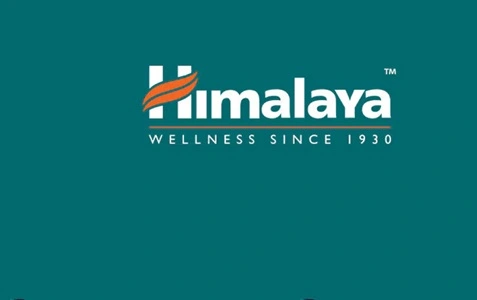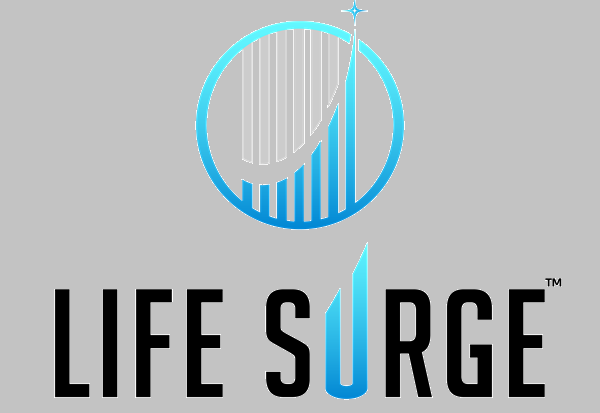Himalaya Wellness Company has solidified its position as a leading player in the wellness industry through strategic initiatives and robust financial performance in 2025. The company has embraced digital transformation, utilizing strategic digital marketing to build brand awareness and educate consumers about its products’ benefits.
In 2024, Himalaya expanded its ‘Muskaan’ initiative, in partnership with Smile Train India, to 500 districts, facilitating 1,800 free cleft lip surgeries.
Financially, Himalaya Wellness has demonstrated consistent growth, with a revenue increase at a CAGR of 11.1% over FY18-FY22, driven by the consumer products segment.
The company has also focused on sustainability, integrating eco-friendly practices into sourcing, manufacturing, and packaging, reflecting its commitment to environmental responsibility.
These efforts underscore Himalaya’s dedication to innovation, social responsibility, and sustainable growth in the wellness sector.
This SWOT (Strengths, Weaknesses, Opportunities, Threats) analysis provides a comprehensive overview of Himalaya Wellness Company’s current position in the market.
Strengths:
1. Diverse Product Portfolio: Himalaya offers an extensive range of products, including pharmaceuticals, personal care items, baby care, and animal health products. This diversification allows the company to cater to various consumer needs and preferences effectively.
2. Strong Brand Equity: With a legacy spanning over nine decades, Himalaya has established itself as a trusted brand synonymous with quality herbal and Ayurvedic products. Its commitment to combining traditional knowledge with modern science has garnered consumer trust globally.
3. Global Presence: Operating in over 90 countries, Himalaya has successfully penetrated international markets, leveraging its strong brand image and diverse product offerings to appeal to a broad consumer base.
4. Research and Development Focus: The company invests significantly in research and development to innovate and improve its product lines, ensuring they meet global standards and cater to evolving consumer demands.

Weaknesses:
1. High Inventory Costs: The company faces high inventory costs due to the sensitivity of crops used in its products, which are susceptible to preservatives and pesticides. This increases production costs and can impact profitability.
2. Perception of Chemical Composition: Despite its herbal positioning, some consumers may perceive Himalaya’s products as containing chemicals, which can affect brand perception and consumer trust.
3. Limited Digital Presence: While Himalaya has a strong physical distribution network, its digital marketing strategies and online presence are areas that require improvement to effectively engage with the growing number of online consumers.
Opportunities:
1. Expansion into Global Markets: With the increasing global demand for herbal and natural products, Himalaya has the opportunity to further expand its presence in international markets, particularly in regions where Ayurvedic products are gaining popularity.
2. Product Line Diversification: The company can explore the development of new product lines, such as organic and eco-friendly products, to cater to the growing consumer preference for sustainable and environmentally friendly options.
3. Leveraging Digital Platforms: Enhancing its digital marketing efforts and e-commerce capabilities can help Himalaya reach a wider audience, improve customer engagement, and drive online sales, aligning with the increasing trend of online shopping.
Threats:
1. Intensifying Competition: The herbal and Ayurvedic product market is becoming increasingly competitive, with new entrants and existing players expanding their product lines, which can impact Himalaya’s market share.
2. Regulatory Challenges: As the industry grows, there is a possibility of increased regulatory scrutiny and changes in policies related to herbal products, which can affect operations and compliance requirements.
3. Supply Chain Disruptions: Reliance on specific herbs and natural ingredients makes the company vulnerable to supply chain disruptions caused by environmental factors, affecting production and product availability.
Conclusion:
As of 2025, Himalaya Wellness Company stands as a robust entity in the herbal healthcare and personal care industry, backed by its diverse product portfolio, strong brand equity, and extensive global presence. To maintain and enhance its market position, the company should address its weaknesses by reducing inventory costs, improving digital engagement, and clarifying product compositions to align with consumer expectations. By capitalizing on opportunities for global expansion, product diversification, and digital transformation, while mitigating threats from competition, regulatory changes, and supply chain vulnerabilities, Himalaya can continue to thrive and grow in the evolving market landscape.
Anantha Nageswaran is the chief editor and writer at TheBusinessBlaze.com. He specialises in business, finance, insurance, loan investment topics. With a strong background in business-finance and a passion for demystifying complex concepts, Anantha brings a unique perspective to his writing.


